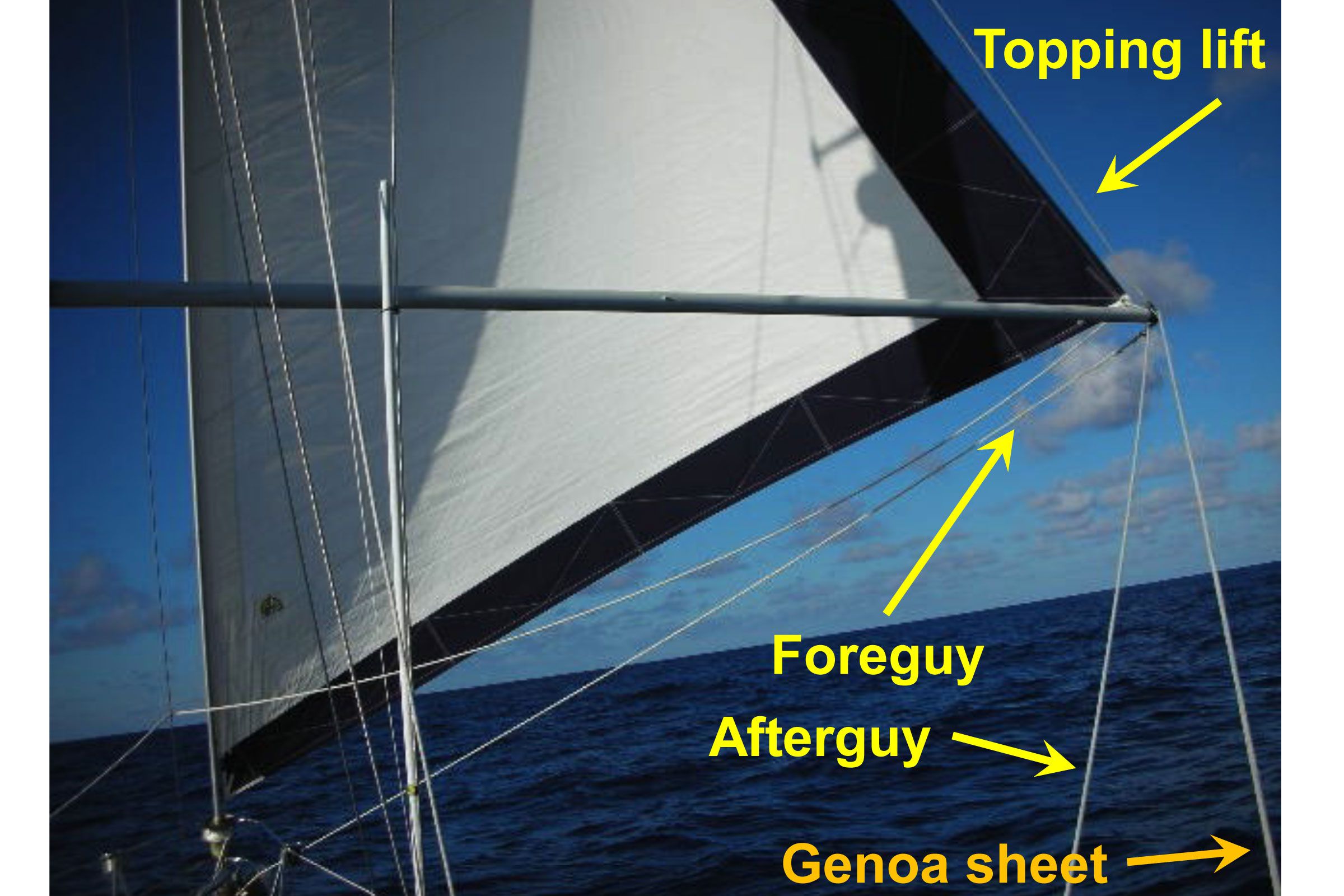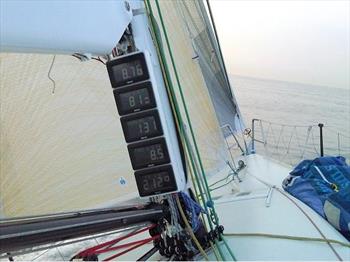

Starry Horizons has a bowsprit so that we can easily rig an asymmetric spinnaker. North Sails has a line of sails called “gennakers” which are based off the Code 0 classification, while other manufacturers call their Code 0 sails “screechers” (for upwind use) or “reachers” (for downwind use). Code 6 The code 6 is a storm sail, for running in storm conditions.Ĭodes 1, 3, and 5 are reaching sails, and codes 2, 4, and 6 are running sails the Code 0 is a hybrid of genoa and spinnaker, designed to work like a genoa but classified under racing rules as a spinnaker.Code 5 The code 5 is a heavy air reaching sail, used in the heaviest winds normally expected.Code 4 The code 4 is a heavy air running sail, used in the heaviest winds normally expected.Code 3 The code 3 is a medium air reaching sail, used for apparent wind angles near 90 degrees.Code 2 The code 2 is a medium air running sail, used for apparent wind angles over 90 degrees.Code 1 The code 1 is a light air reaching sail, where the apparent wind angle at low speeds has a significant effect to create angles of less than 90 degrees.Due to the tight luff and flat cut, the code 0 can be fitted for roller furling. Due to the flatness of the code 0, it is usually made with a wire luff for strength, and of a heavier, less stretchy fabric than normal for a spinnaker. The luff is as straight as possible, and the sail is flatter than other spinnakers. Code 0 The code 0 asymmetric is a tight reaching sail, the most upwind capable of the asymmetrics.Thanks to Wikipedia, here is a bit more about the code classification: Asymmetrics do seem to be separated by code from 0 – 6, which help classify them for racing purposes, but is helpful to differentiate among the sails. These sails seem to be the most confusing as each sail maker can use different terms for the same sail. So now that we’ve covered the basics, let’s take a high level look down at the two main types of spinnakers, asymmetric and symmetric. Some asymmetrics can even be fitting with a furling system, top down or regular, that will allow it to be furled similar to our genoa. These sails are typically used in conjunction with a “sock” (aka snuffer) that makes deployment and retrieval relatively easy. You may hear general terms such as a “kite” or “chute” being used in reference to spinnakers, and that’s because they somewhat look like a parachute out in front of the boat. In general these sails are used for points of sail all the way from reaching to dead downwind, with some categories even capable of being used on a tight reach. Hold on to your hats ladies and gentlemen, cause this is where it gets complicated. Starry Horizons has a genoa from the factory, and its a great sail for downwind when the winds are high. Genoas are rated on a percentage, based on their area relative to the 100% foretriangle which is the area created by the forestay, the mast, and the deck. Genoa Starry Horizons with her genoa.Īlso referred to as the “genny”, this sail is very similar to a jib, except that the clew comes back aft of the mast and overlaps the mainsail. These sails are typically on a furler, which means they can be reefed simply by rolling up the sail a bit. It can either be self tacking, like our previous boat, or use jib sheets running aft which are worked when the boat changes tacks.

The jib is a headsail where the clew (bottom corner of the sail not attached to any standing rigging) does not come aft of the mast. Study it, memorize it, so that when you join us on Starry Horizons you’ll know what I mean when I say we need to attach the head of the sail to the halyard! Jib Sail Terminologyįor those of you who may need a refresher of (or an introduction to!) sail terminology, hopefully this diagram will help. For my own sanity, let’s take a look at the major categories of sails.


 0 kommentar(er)
0 kommentar(er)
